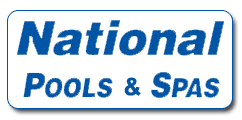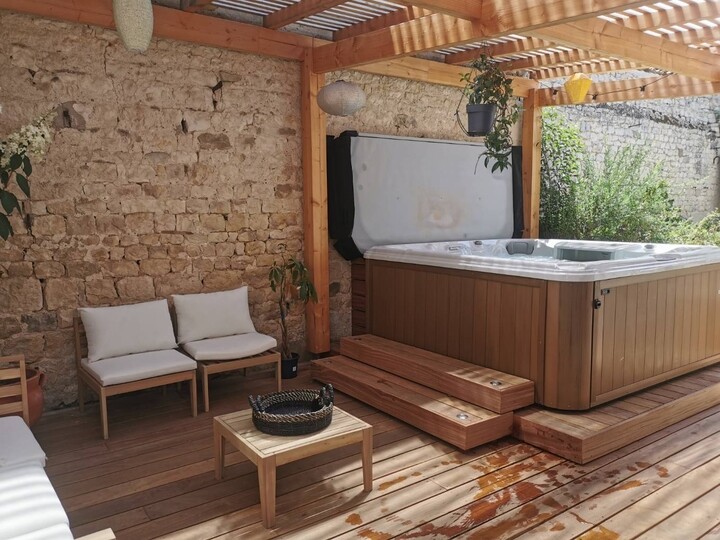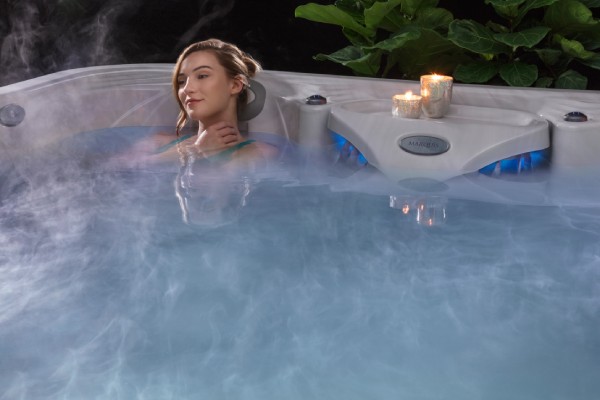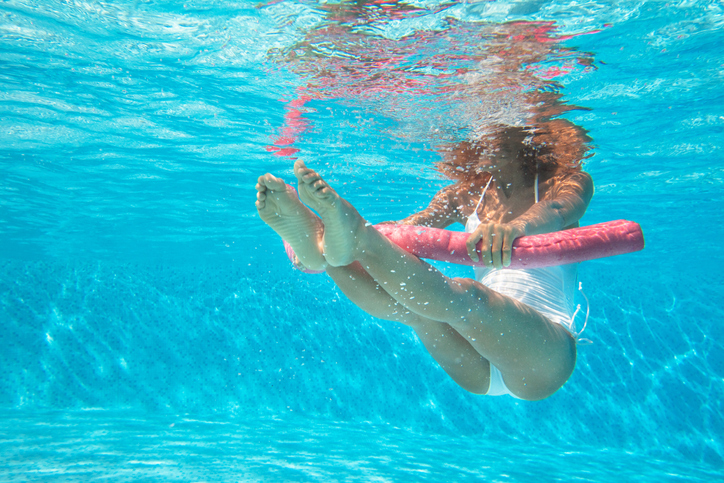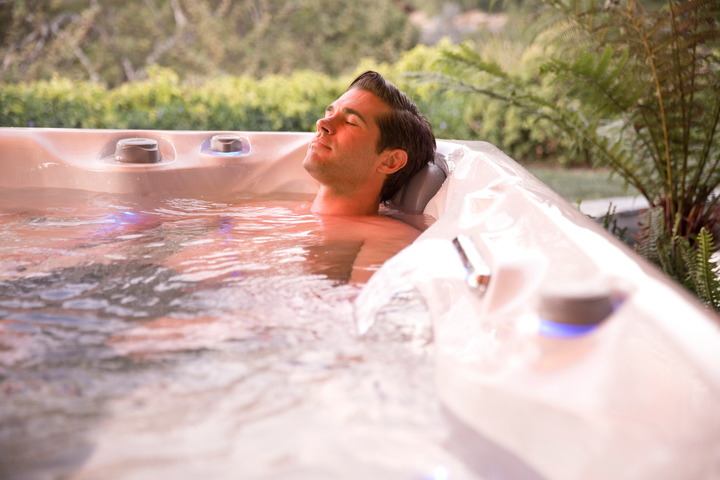If you’ve just bought your first hot tub or you’re thinking about buying one, you’re undoubtedly excited at the prospect of soaking away your stresses in your back garden or home. We hate to burst your bubble, but you also need to know that owning a hot tub comes with additional maintenance costs and tasks to make sure it stays clean, efficient, and safe.
Thankfully, once you know what you’re doing, maintaining a hot tub is easy. Let’s take a look at the key things you need to know.
Manufacturer’s Recommendations
When you purchase a spa, you’ll get a booklet detailing what chemicals the manufacturer recommends that you use. This will tell you key information like the water volume of your spa, how many people it can seat, and how often they recommend cleaning it. Make sure you keep this handy because you’ll probably end up referring back to it frequently.
The Three Cs
Always remember the three Cs of hot tub maintenance. These are:
- Water circulation
- Water chemistry
- Maintaining a cleaning schedule
Water Circulation
Each time you circulate water through your hot tub, it passes through the hot tub’s filters, helping to keep your water free of contaminants. Some hot tubs are designed to automatically circulate the water at least once a day for 15 minutes, but others may have different cycle settings.
If yours doesn’t have this option, then you should turn it on for at least 15 minutes twice a day to keep your water clean. If you’re planning to have a soak, then you can reduce this manual circulation to once a day plus your soak.
Water Chemistry
Just like a swimming pool, your spa water needs to be chemically balanced for it to be safe and hygienic.
The optimum pH is between 7.4 and 7.6, as this ensures that any added sanitizer is effective and that there’s no damage to the plumbing system. You also want alkalinity of between 100-150ppm. Plus, if you’re living in a hard water area, then your spa may need additional chemicals to reduce the calcium content of your water.
With this in mind, you’ll need to have a hot tub ‘toolkit’ that contains the following chemicals:
- pH increaser and decreaser: For adjusting pH levels
- Alkalinity increaser: Ensures the water pH doesn’t drastically change
- Shock (either di-chlor or non-chlorine): Adds oxygen, reduces chloramines, kills bacteria
- Sanitizer (chlorine or bromine): Removes bacteria and other contaminants
- Test kit or strips: To check your chemicals are balanced
You may also want to have some defoaming agent handy in case your spa water becomes foamy.
If you’re regularly using your spa, then we recommend testing the water once a week and topping up chemicals as needed.
Maintaining a Cleaning Schedule
A clean hot tub is a relaxing hot tub, which is why we always recommend having a consistent cleaning schedule. As calming and stress-relieving hot water is, it’s also a great breeding ground for nasty bacteria and fungi, so cleaning is just as important for your health as it is for the working of your spa.
Of course, prevention is often easier than cure, so if your hot tub is outside, consider investing in a hot tub cover to prevent debris from being blown (or wandering) in.
Here’s the cleaning schedule we recommend for spa owners that use their spa multiple times each week. If you don’t foresee yourself using your hot tub this often, then chat to one of our professionals who can suggest a solution for you.
As Needed
- Skim the water surface with a skimmer basket
- Brush debris off the hot tub cover
- Vacuum sand, silt, or dirt from the bottom.
Weekly
- Wipe the waterline and jets of your s[a with a cloth and white vinegar.
- Remove the filter and spray it with a hot tub filter cleaner. Check for wear and tear. Rinse thoroughly and replace.
- Remove the hot tub cover for a few hours to let it cool down and dry. Check it is still fitting correctly.
- Check the water level of your spa and top up as needed.
Monthly
- Clean the hot tub filter with a chemical bath. Check for wear and tear. Rinse thoroughly and replace.
- Wipe down the outside of your hot tub with all-purpose cleaner or 1:10 diluted bleach solution.
- Inspect the lines and jets for signs of damage or contamination.
- Remove any hot tub covers and clean thoroughly. Replace when dry.
Quarterly
- Thoroughly clean the shell with hot tub cleaner. Rinse thoroughly before refilling.
- Flush the lines to remove biofilm.
- Deep clean the hot tub filter with a chemical soak. Check for wear and tear. Rinse thoroughly and replace.
- Drain and refill with fresh water.
Annually
- Inspect thoroughly for any signs of damage. Make sure to also inspect the inner plumbing as well as the shell and cabinet.
- Book a spa service to check that it’s in good working condition, or to repair any issues you may have detected.
Hot Tub Maintenance is Easy with National Pools and Spas
There are many benefits to keeping your hot tub water clean and safe with regular maintenance. From keeping your spa operating efficiently, to creating a safer area to soak with loved ones during the COVID-19 pandemic, water maintenance can truly make all the difference.
We know that it might seem time-consuming to own your own hot tub, which is why our expert certified technicians can help take the stress out of routine maintenance. Whether you’ve noticed a problem with your spa, or want a professional to handle the cleaning of your spa for you, we’ve got you covered. Simply get in touch with our friendly team of experts today and we’ll find a solution that’s perfect for you.
The SmartTub™ System can help to improve your overall Sundance® Spas maintenance routine. Learn more about how it works here!
